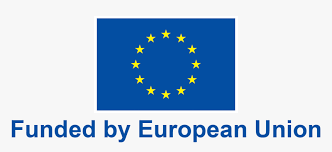
European Union
Relevent Country: Tonga
Type of work: Project and Program Management
Last Date: 12-12-2024
The EU has launched the “SWITCH-Asia Programme” aiming at supporting the transition of energy-intense and high polluting industries in the Asia-Pacific region such as plastics and waste, textiles and leather, agri-food and beverage (most of which are women-oriented sectors).
Objectives
The SWITCH-Asia Programme is currently organised around 2 components:
Priorities
In line with the priorities of Global Gateway, the European Green Deal, and the EU’s Indo-Pacific Strategy, the priorities of this call for proposals are:
Sectors or Themes
Textiles and leather:
Food sector (incl. agri-food and fishing):
Building and construction:
Plastics with particular focus on plastic packaging (and its waste):
Electronics:
Funding Information
Size of grants
Duration
Eligibility Criteria
Lead applicant(s)
In order to be eligible for a grant, the lead applicant must:
Co-applicant(s)
Affiliated entities